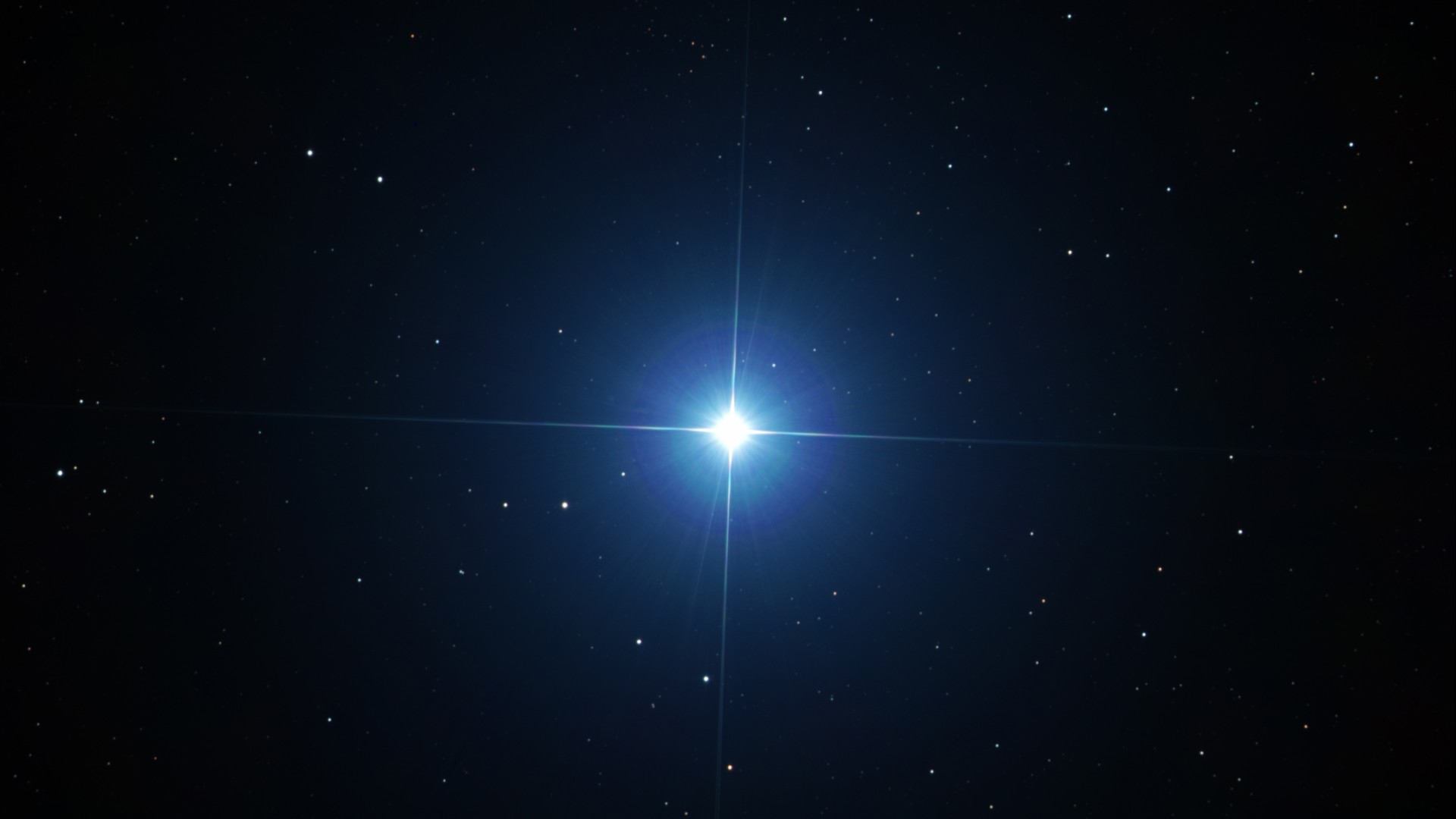
The hundreds of thousands of stars that make the mighty Hercules globular cluster shine bright in this skywatching photo.
Astrophotography team Bob and Janice Fera took this image in May 18 and 20, 2012 from Eagle Ridge Observatory in Foresthill, Calif.
Also known as M13, this cluster has more than 100,000 stars that shine from about 25,000 light-years away. The brightest stars are packed tightly at the core and sometimes slam into each other creating new stars called “blue stragglers.”
These blue stars shine a bluish-white because their core temperatures are extremely hot. Bright red stars found within the cluster are cooler because they are older stars that have expanded in size. These stars are often called ancient red giants.
The Feras used an Officina Stellare RC-360AST 14" f/8 Ritchey Chretien Cassegrain telescope with two-element field flattener to observe the M13 cluster. An Apogee Alta U16M CCD camera with Astrodon filters was used to capture the image.
Editor's note: If you have an amazing skywatching photo you'd like to share for a possible story or image gallery, please contact managing editor Tariq Malik at tmalik@space.com.
Follow SPACE.com for the latest in space science and exploration news on Twitter @Spacedotcom and on Facebook.
Get the Space.com Newsletter
Breaking space news, the latest updates on rocket launches, skywatching events and more!
Join our Space Forums to keep talking space on the latest missions, night sky and more! And if you have a news tip, correction or comment, let us know at: community@space.com.
Nina Sen is a freelance writer and producer who covered night sky photography and astronomy for Space.com. She began writing and producing content for Space.com in 2011 with a focus on story and image production, as well as amazing space photos captured by NASA telescopes and other missions. Her work also includes coverage of amazing images by astrophotographers that showcase the night sky's beauty.









